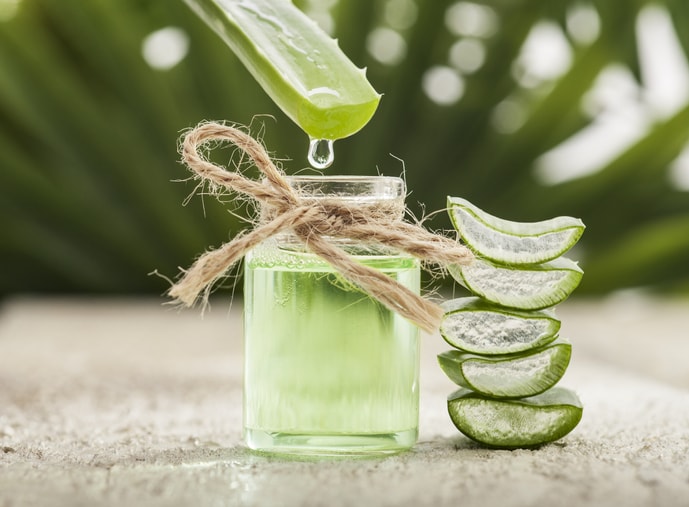Aloe Vera: Plant Health Benefits

Share
Aloe vera (Aloe perfoliata), a popular medicinal plant, has been used for centuries for its healing properties. It has many applications, and is used both externally and internally for various reasons. Each leaf is full of a slimy tissue that stores water, which makes the leaves thick. This slimy, water-filled tissue is the "gel" we associate with Aloe vera products. The gel contains most of the bioactive compounds in the plant, including vitamins, minerals, amino acids and antioxidants. It also lowers blood sugar levels and soothes irritation in the stomach.
Aloe vera gel contains powerful antioxidants, which belong to a large family of substances known as polyphenols. These polyphenols, along with several other compounds in Aloe vera, can help inhibit the growth of certain bacteria that can cause infections in humans.
Aloe vera is most commonly used as a topical medication, rubbed onto the skin. It has long been known as a treatment for sores, particularly burns, including sunburns. In fact, the FDA first approved Aloe vera ointment as an over-the-counter medication for skin burns in 1959. Studies suggest that it is an effective topical treatment for first and second-degree burns.
Aloe has frequently been used for dental health as well, helping to prevent gum disease and tooth decay.
Aloe vera has also been commonly used to treat constipation. This time it is not the gel, but the latex, that provides the benefits. The latex is a sticky yellow residue found just under the skin of the leaf. The key compound responsible for this effect is called aloin, or barbaloin, which has well-established laxative effects.
Aloe vera has sometimes been used as a traditional diabetes remedy as well. It is said to enhance insulin sensitivity and help improve blood sugar management.
While aloe vera is most commonly used as a topical remedy for skin burns and sores, it has various internal uses as well. Its most common internal uses are to sooth irritation in the stomach and help lower blood sugar levels, while also nourishing the body with its bioactive compounds of vitamins, minerals, amino acids and antioxidants.